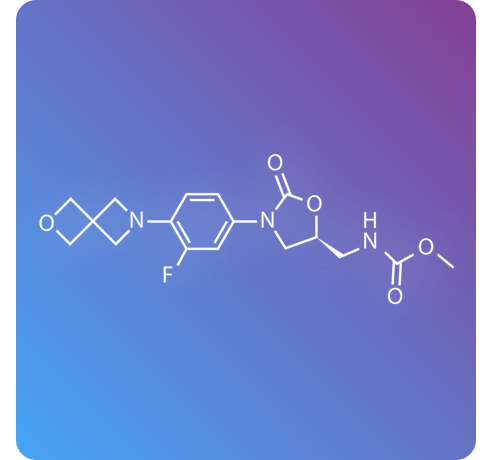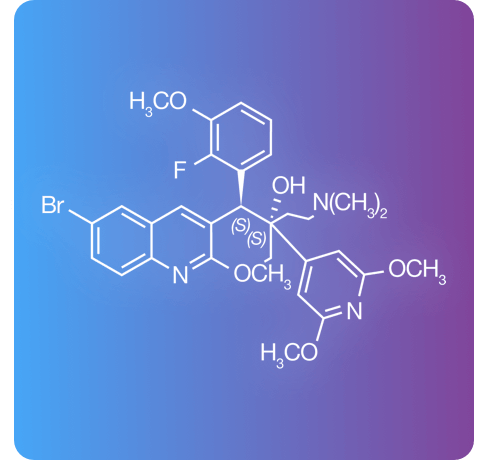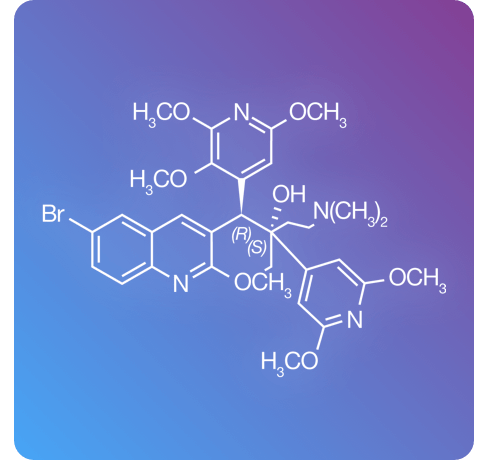Discovery
Advancing the Next Generation of TB Drugs
While new regimens are in the late stages of development, it is critical to pursue even shorter and simpler treatments that further improve therapy and protect against the development of drug resistance. Throughout 2018, TB Alliance saw significant progress in the advancement of next-generation TB drugs. Drug candidates known as TBI-223 and TBAJ-587 both completed preclinical development. TBI-223 began Phase 1 First-in-Human development in January 2019 and TBAJ-587 also stands ready to enter clinical development. A third candidate, TBAJ-876, was selected for further research ahead of potential clinical development.
TB Alliance engaged in new research with partners including the Global Health Drug Discovery Institute (GHDDI), Fujifilm Corporation and Schrödinger. Additionally, as part of the TB Drug Accelerator, we continue our leadership in the development of new drug candidates in the discovery pipeline with the potential to be combined into impactful drug regimens.
TB Drug Candidates Approaching Clinical Development

TBI-223
Discovered in partnership with Institute Materia Medica, TBI-223 is an oxazolidinone with demonstrated efficacy against animal models of TB.

TBAJ-587
Discovered in partnership with Auckland Chemical Society Research Center and developed with assistance from Merck, TBAJ-587 belongs to the diarylquinoline class—the same drug class as bedaquiline..

TBAJ-876
Discovered in partnership with Auckland Chemical Society Research Center and developed with assistance from Eli Lilly, TBAJ-876 is also a diarylquinoline.
Combining Drugs for Effective Cures
How do we choose which TB drug combinations—also known as regimens—to develop? Since 2007, TB Alliance has collaborated with the laboratory of Professor Eric Nuermberger at the Center for Tuberculosis Research at Johns Hopkins University to refine our preclinical regimen selection program. Together, we have evaluated numerous novel drug combinations and compounds to determine the most effective drug regimens and prioritize their development. This program also helps identify new combinations of drug targets that lead to faster killing of bacteria when simultaneously inhibited by new compounds. The program has contributed significantly to the development, refinement and qualification of new and existing mouse models to address key questions in TB drug and regimen development.


